Learn all there is to know about stinging nettles, a powerful wild edible that are a gift from spring.
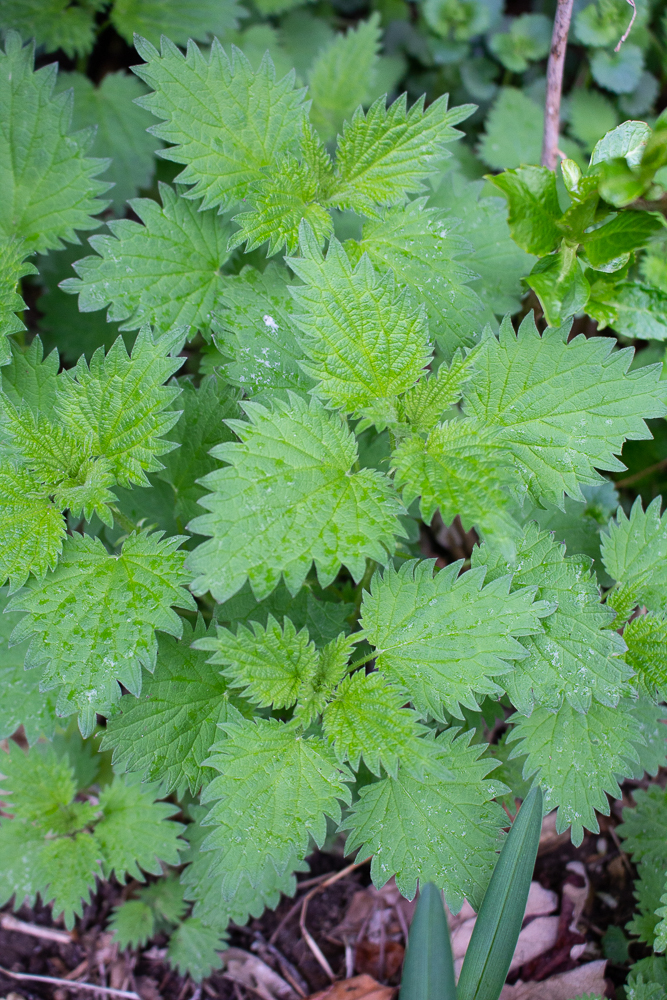
I’m so happy to write about stinging nettles and how to use this superfood high-mineral wild edible in a variety of ways. I remember stinging nettles from a young age, probably 12 or so….my mother grew them in our garden (or I should say, they grew themselves since they took over!). We would go out and cut the tops off and then she would make creamed nettles with them, using a flour/butter rue and milk. I grew up on creamed spinach, and I was surprised that nettles tasted very similar. There was also a sense of pride that we’d get them from our own garden, for free!
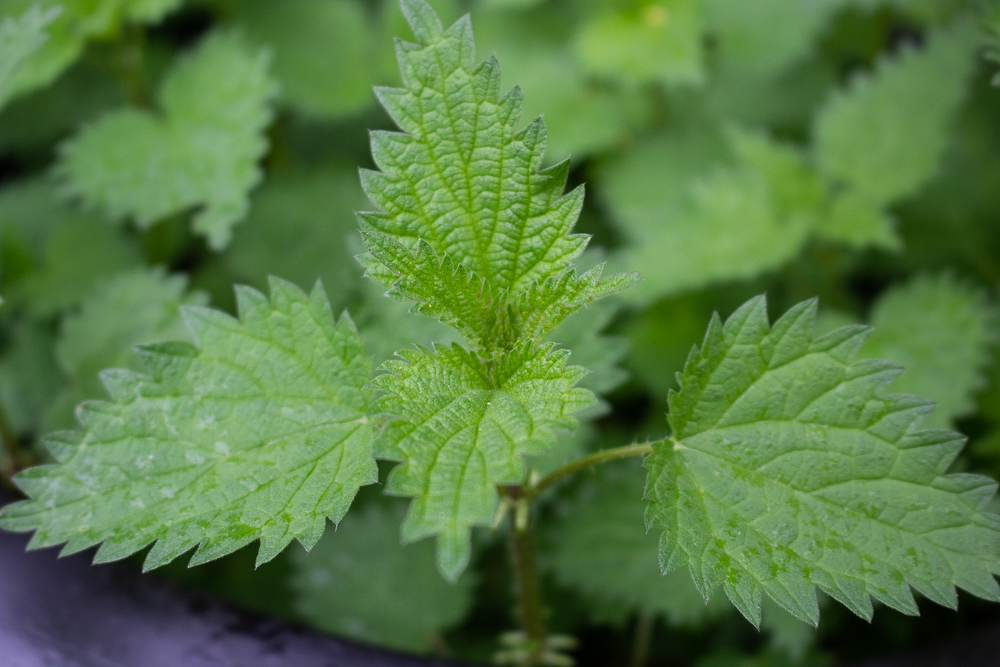
What are Nettles?
Stinging nettles, otherwise known as urtica dioica (or optic in Italian) are known to be an invasive plant that create a stinging sensation when touched. That’s because they are covered in almost indiscernible little needles on the stems and under the leaves. These needles act alike hypodermic needles that pierce the skin, injecting various chemicals into the skin (some of which are histamine, serotonin, oxalic acid, almond others), including the chemical that causes pain in bee stings.
The stinging aren’t harmful at all, and in fact herbalists use nettles to bring blood and circulation to an area, therefore being good for arthritis. Perhaps this is the reason my mother still adds nettles in handfuls to a boiling pot of water, with no gloves. When you cook or boil nettles, their stingers have no effect.
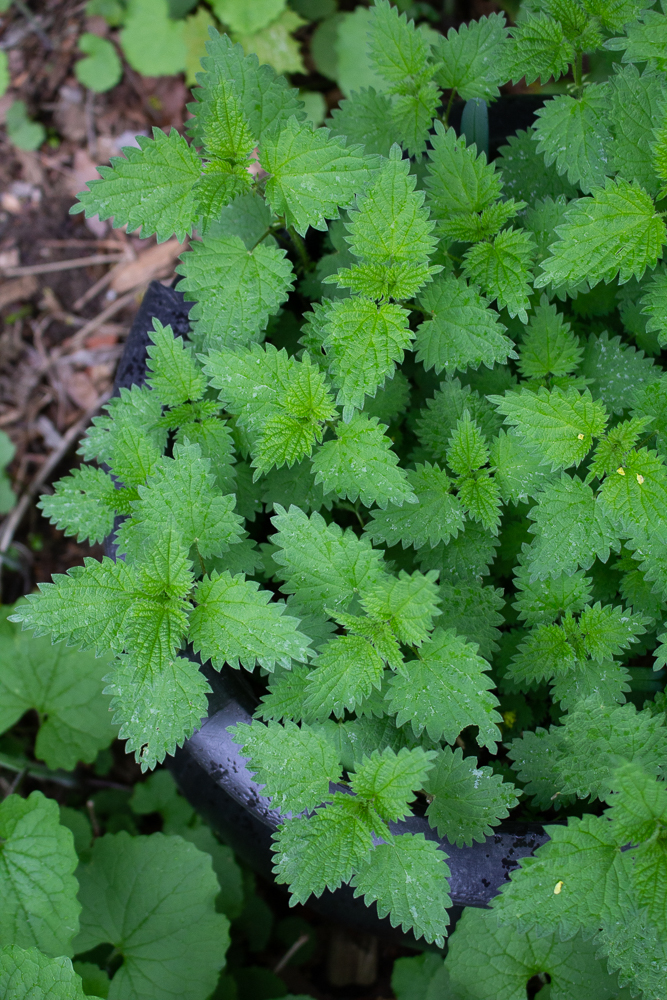
How To Grow Nettles
Stinging nettles also grow wild in the United States. There come in different varieties, some natives to the US, others to Europe. If you grow any, you are extremely lucky, or you have a friend who has some, grab some with their roots and soon you will have plenty. They grow vigorously and spread, like mint. The plants prefer shade but do ok in the sun as well. They are best harvested when young, in the spring. Simply clip the tops off, and they will split into two branches and continue to grow, for a prolonged harvest.
How To Harvest and De-Stem Nettles
Click on the video to the left to see how you can harvest and de-stem nettles.
Nutrition
Nettles are nutritionally dense and very good for you! Here are some fun facts:
- According to some ancient and modern physicians, stinging nettles have “hemostatic, anti rheumatic, healing, anti-inflammatory, and antinomic properties” from A Feast Of Weeds.
- The greeks and romans used them the most. In past times, they were were used as an antidandruff soap.
- They also used it as food, medicine, and clothing. It’s known as a tonic herb.
- Theyalso contain anti-histamine properties and are thought to benefit allergic and hay fever (interesting that they grow in the same season, right?).
- They have benefits for the liver and is often included in PMS formulas to help the reproductive system.
According to Hildegard Von Bingen, “when it is newly from the earth, it is useful cooked as food for people because it purges and removes mucus from teh stomach”. In her book Hildegard’s Healing Plants, she describes drinking nettle juice combined with a little vinegar and honey to help purge worms. She also mentions nettles being good for horse health!
I use it mostly because it’s:
- free food!
- high in chlorophyll
- high in iron and calcium
- delicious and easy to cook
- very much abundant in spring time.
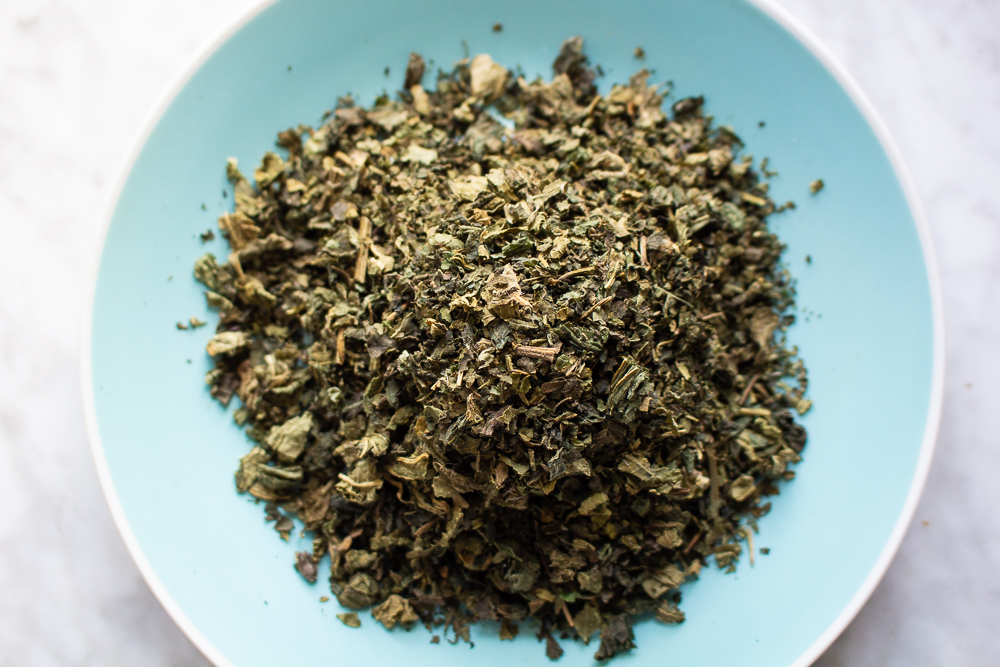
Applications
There is so much you can do with nettles. Here are just a few ideas.
- Tonic tea/infusions (I love to get mine from Mountain Rose Herbs)
- Made into a creamed nettle (like creamed spinach)
- Wilted and added to omlets
- brewed as beer
- made into a tincture
How To Cook Nettles
First, pick nettles when they are young, preferably in the spring. Alternatively, you can pick them and they come again, for a harvest throughout summer too. Next, steam or blanch them thoroughly, and treat like baby kale of spinach. Lastly, a splash of olive oil and garlic would do them good too.
Additionally, check out the vegan creamed nettles post here (photo below)! This recipe is flour-free, dairy free, and delicious!
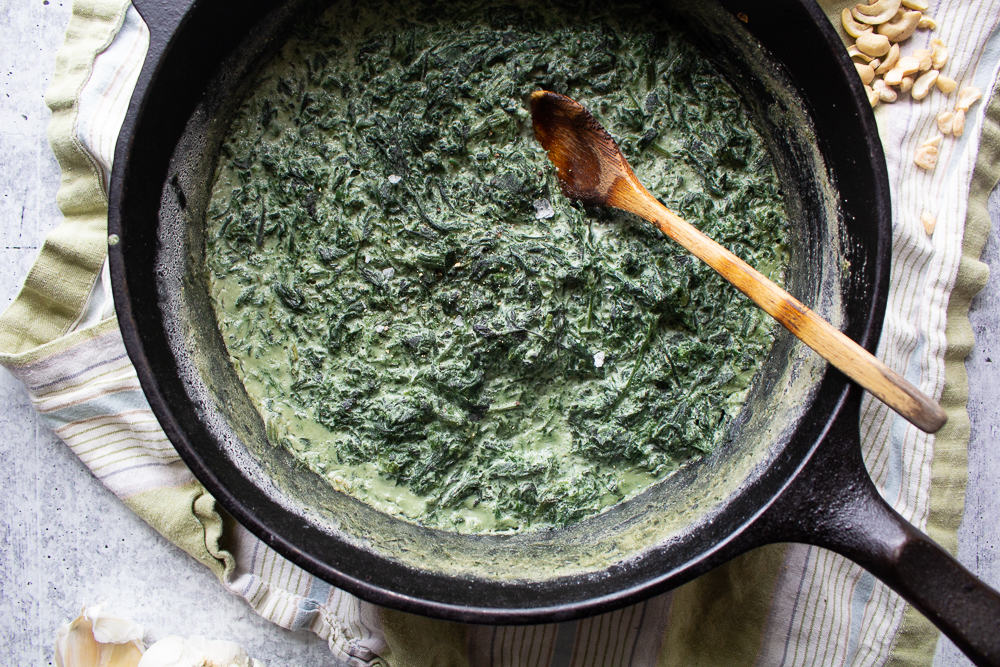
Resources
- Rosemary Gladstar’s Medicinal Herbs
- A Feast Of Weeds
- Hildegard’s Healing Plants
- The Forager’s Kitchen Handbook
Pin It For Later
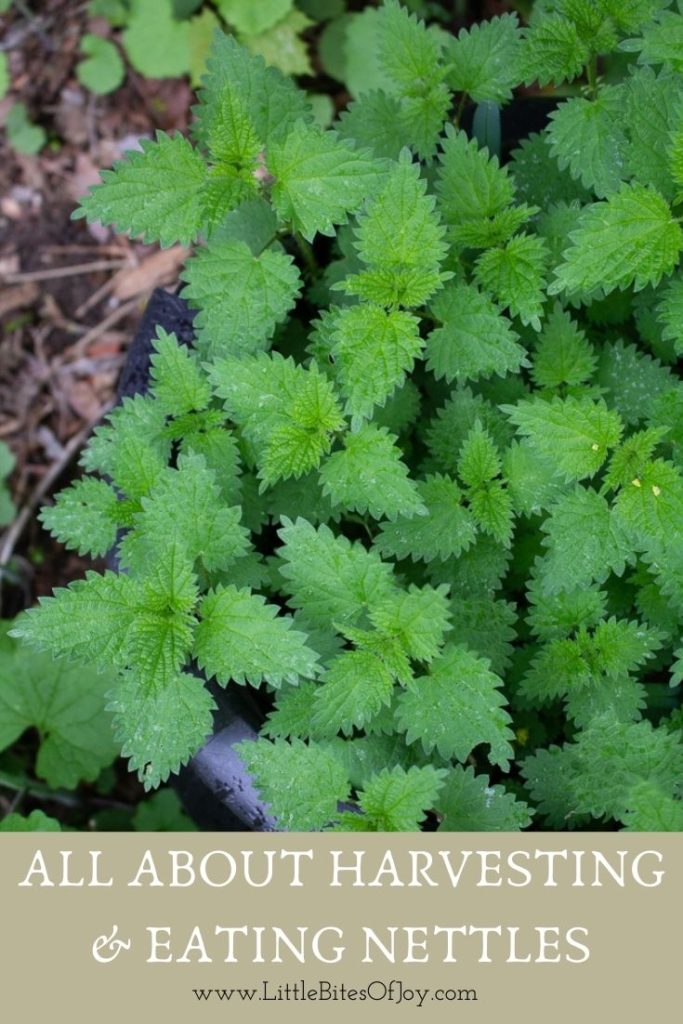
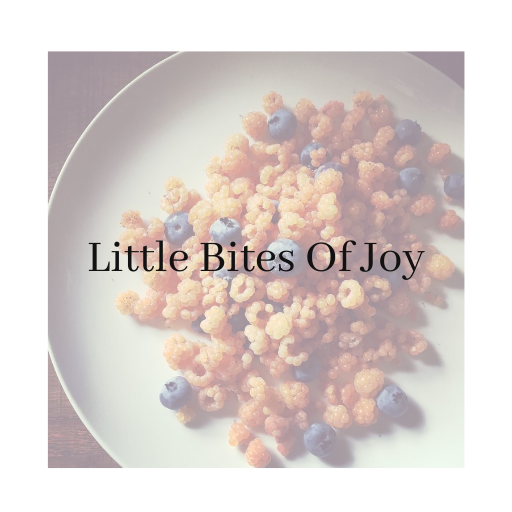
[…] super short introduction to nettles, because I have already covered all the benefits of nettles in this longer article here. But for now, here’s a short […]